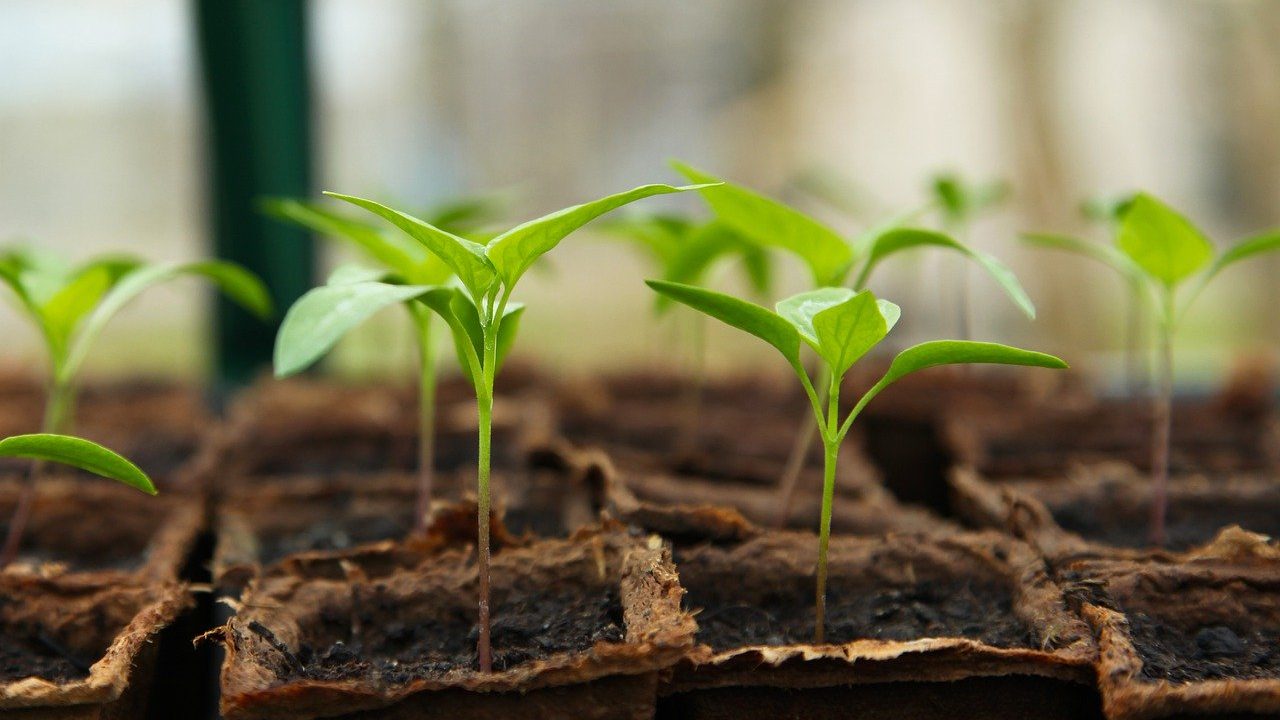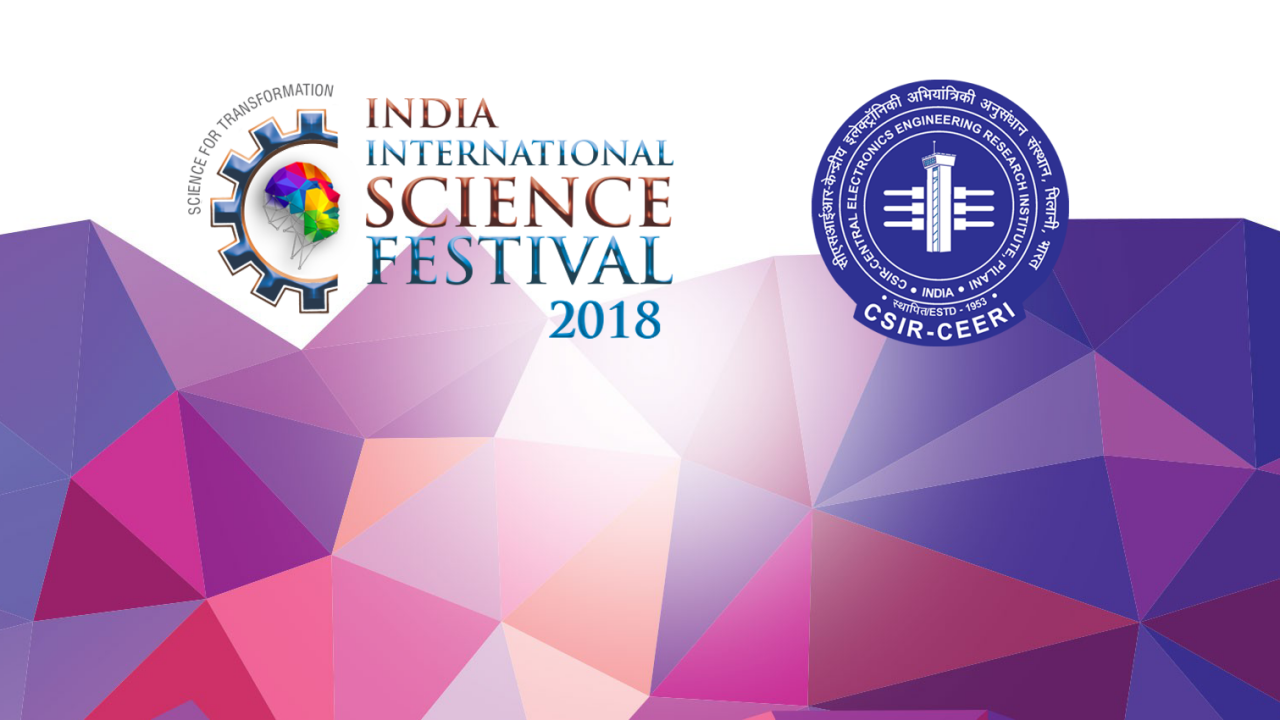
Scientists Figure Out How Plants Make Use of Good Microbes for Their Growth
- News
- 1.6K
The roots of plants come in contact with several soil microbes as they grow. Some microbes are good for plants, while several others are not. How do plants derive benefits from the good ones?
A team of researchers at the Department of Biotechnology’s New Delhi-based National Institute of Plant Genome Research (DBT-NIPGR) has come up with an answer to this intriguing question.
The group led by Dr. Jyothi Lakshmi Vadassery has found that an ion channel called CNGC19 (cyclic nucleotide-gated channel 19) in the plants could be playing a decisive role in helping the plants to benefit from good microbes.
All life forms keep sending and receiving signals to find out what is happening in the environment around them. Inside the plant cells, these signals are sent in the form of chemicals like calcium in their ionic form. The chemicals traverse through what are called ion channels.
The ion channels are protein molecules that span across the cell membrane allowing the passage of ions from one side of the membrane to the other. They have an aqueous pore, which becomes accessible to ions after a conformational change in the protein structure that causes the ion channel to open.
The signals are named after the chemical ions that are used. For instance, a signal system that uses calcium ions is called a calcium signal and the channels through which the calcium ions move are called calcium channels.
The scientists used a model plant called Arabidopsis thaliana and a growth-promoting fungus named Piriformospora indica for their study. The two have a highly symbiotic relationship. The fungus colonizes many plant species besides Arabidopsis and promotes their growth and imparts tolerance to abiotic and biotic stresses to its hosts. Scientists knew that a calcium channel helped in the process. However, so far, they did not know which one.
In this study, Dr. Vadassery and her colleagues examined the role and functional relevance of all the different calcium channels in the Arabidopsis thaliana plant that got activated when exposed to Piriformospora indica.
They found that a channel called CNGC19 responded the most. Further studies showed that it had a major role to play. It acted as a gatekeeper in regulating the immunity of the plant and in the colonization by the fungus. In the absence of this channel, plant immunity is reduced and Piriformospora indica overgrows on roots and turns pathogenic instead of promoting growth.
Dr. Vadassery said, “Our study demonstrated that Arabidopsis CNGC19 is an important calcium ion channel that maintains a robust innate immunity and is crucial for growth-promotion signaling upon colonization by Piriformospora Indica”.
The study was conducted by postdoctoral fellow Dr. Jogawat and the team comprised Meena MK, Kundu A, and Varma M. The study was funded by the Department of Biotechnology India, SERB-NPDF, MPG-India partner group program of the Max Planck Society and Department of Science and Technology, India. A report on the study has been published in the Journal of Experimental Botany‘. (ISW)
If you liked this article, then please subscribe to our YouTube Channel for the latest Science & Tech news. You can also find us on Twitter & Facebook


